There are many ways to preserve food, but how many of those methods transfer to your solar cooker? I decided to check things out and see whether or not you can even use it for food preservation; after all, the temperatures can be a bit erratic and heat is dependent on the sun.
It turns out that you can use your solar oven for more than just one way to preserve your food. It’s possible to can your food and dehydrate it using your solar oven. If you don’t have one, we can take care of it, just read this article to the end to find an offer you can’t miss!
Before we get into that, I’m going to quickly explain how a solar oven works. There are a variety of different ways to trap the heat, but the general idea is that you trap the heat of the sun in order to heat up your “oven” enough to cook foods.
Most solar ovens only reach 325 degrees F, maximum, on a sunny day so you do have some limitations. Also, since it’s tough to maintain a consistently high temperature, you can’t really pressure can in your solar oven.
You can cook in it, you can roast in it, you can dehydrate in it, you can even can high-acid foods in your solar oven, but it’s not safe to can low-acid foods in it. There’s no way to guarantee that the temperature will stay high enough long enough to kill the botulinum toxin that causes botulism.
Canning High-Acid Foods in a Solar Oven
Now that we’ve established that you can’t pressure can, that narrows down the list of foods that you can preserve in your solar oven. High-acid foods such as most fruits and tomatoes are safe to can in your solar oven, but you can’t can most vegetables or any meats. Unless of course you’re willing to die for it! Trust me, botulism is no fun.
If you’re canning tomatoes, it’s still a good idea to add a bit of vinegar or lemon juice just to boost the acid content. Fruits that are low-acid include:
- Figs
- Pears
- Melons
- Bananas
- Dates
- Papaya
- Ripe pineapple (I know – this one surprised me, too!)
- Persimmons
These fruits shouldn’t be canned in your solar cooker because there’s not enough acid in them to kill the bad bacteria.
To use your solar oven to can, it’s important that you start in the morning on a clear day so that you have plenty of time to get it warmed up and give your cans plenty of time to process.
Start by sterilizing your jars and equipment so that you reduce the risk of contaminating your canned goods with bacteria. Prepare your fruit just as you would for regular canning.
Just as you do when canning in a water bath, fill your jars with fruit, sugar (if you want) and water or juice. Slide your spatula down the sides to get as much air as possible out. Leave the head room at the top of the jar as recommended by the instructions for your particular fruit. You may want to leave a quarter of an inch or so more than recommended.
Place your jars in your solar oven and close the lid. Once the proper temperature has been reached, the fruits will begin to boil in the jars. Process according to the recommended time for what you’re canning, starting at the time that it boils.
Remove your jars carefully as they will be hot. Not only are you in danger of burning yourself, but the jars are also more fragile because they’re hot and pressurized. Set them somewhere where there won’t be a draft, cover them with a towel, and let them cool naturally.
To test if they sealed after the jars are cool, gently press down on the center of the seal. If it pops back up, your jars didn’t seal. You need to re-can them, or eat that jar within the next few days. I hate re-canning fruit because it gets soggy, so unless I’m making jam or jelly, I usually just eat it or give it to family or friends.
Personally, I would recommend starting with a small batch so that if things go wrong, you don’t lose a whole batch of fruit. I do this any time I try something new with canning because, even if I grow my own, it’s still labor-intensive and I don’t want to waste all my hard work. In this case, the heat source isn’t costing you anything, so what do you have to lose.
Note: I’ve seen some instructions on the internet that say it’s OK to allow your food to boil out of the jars, but as a long-time canner, that goes against what I’ve always been taught. Follow that advice at your own discretion, but I wouldn’t do it.
Dry Canning
I haven’t seen anything yet about dry canning in a solar oven, but it seems to me as if it would work, if you’re a person that dry cans in the oven.
Personally, I’ve used the oven method and it worked just fine, so I don’t see why it wouldn’t work in a solar oven. Just keep the temp low – below 250 degrees or so.
Dehydrating Food in a Solar Oven
A solar oven is excellent for dehydrating food – the only trick is to keep the temperature low enough that you don’t cook it instead of dehydrating it. Prepare your meat, fruits, or vegetables just as you would for the dehydrator and place them on a sheet or, even better, on a drying wrack.
Put the pan or drying rack in the solar oven and leave it in there at a low temp of no more than 150 degrees until it reaches the crisp phase. Remember that your meat or produce needs to be sliced thinly before dehydrating. Flip your product from side to side every couple of hours so that it dehydrates evenly. Turn your dehydrator accordingly, too.
After you dehydrate your food, you could also dry can them in order to extend the shelf life.
Fruit Leather
Your solar oven would be a good way to make fruit leather, too. Prepare your fruit by creating a smooth paste. Add sugar to the mix if you’d like, but if you’re using super-ripe fruit, which is the best type to use for fruit leather, you probably won’t need any.
Again, you don’t want to cook the fruit; you want to dehydrate it, so you don’t want to let your solar cooker get too hot. Spread parchment paper on a cookie sheet, or whatever type of pan will fit in your cooker, then spread the fruit puree in a thin layer on the paper. Dry as long as needed to make it like leather. It will still be flexible and slightly sticky, but should stay together in a sheet.
The only downside to making fruit leather in a solar oven is that you can only make a small amount at a time unless you have a way to stack the racks. Since we’re preppers and homesteaders, that shouldn’t be a problem, though!
You can only use your solar oven for a couple of food preservation methods, but even if you only can your jellies in it, you’ll be saving a ton of wood if you’re canning openly in a SHTF situation.
All you need now to get started is your solar oven, so we have for you this incredible offer that you shouldn’t miss! Click the banner below to grab this opportunity!
This article has been written by Theresa Crouse for Survivopedia.




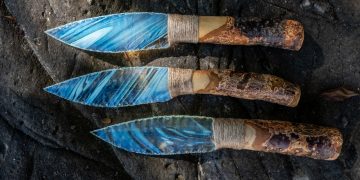
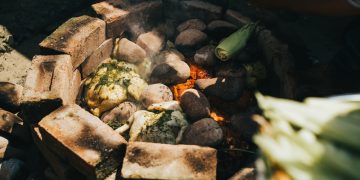

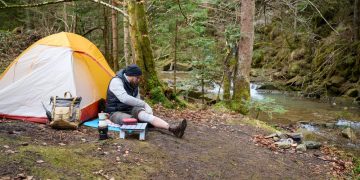

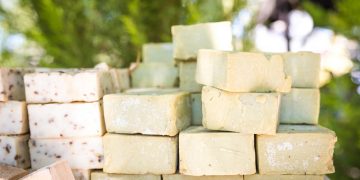














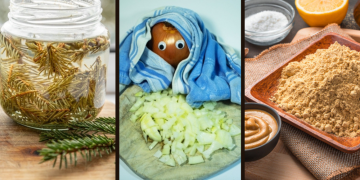

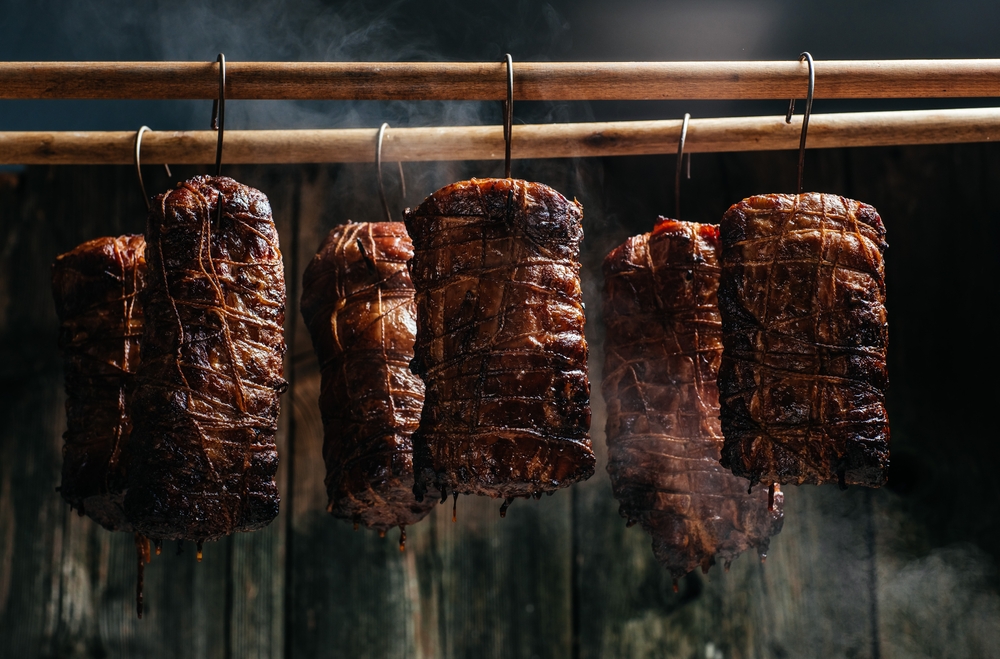

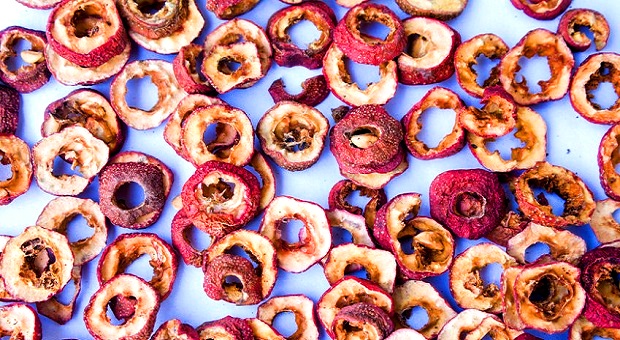
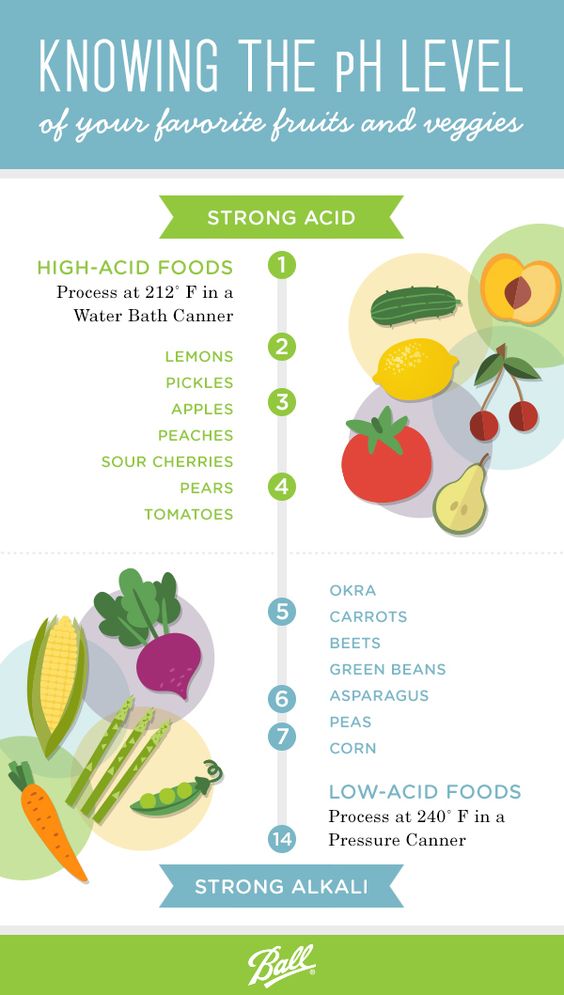

















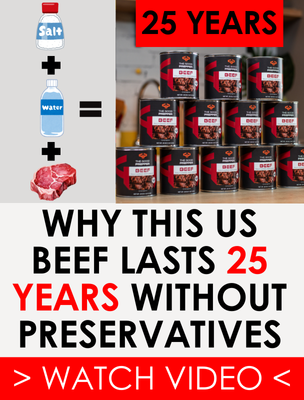

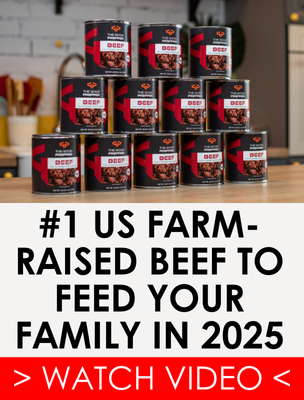








































I had never even thought about canning in a solar oven but it makes total sense. If you took average temperatures you get in your solar oven and then add a little time to the canning instructions. Since solar ovens are not the most precise pieces of equipment.
So. Pears. Yes or no? The information conflicting.